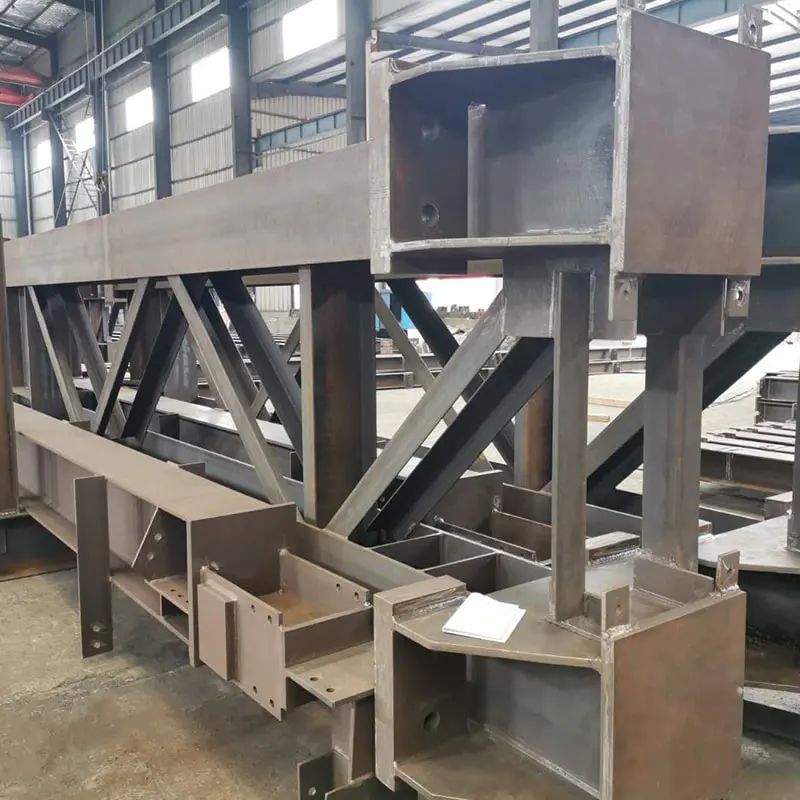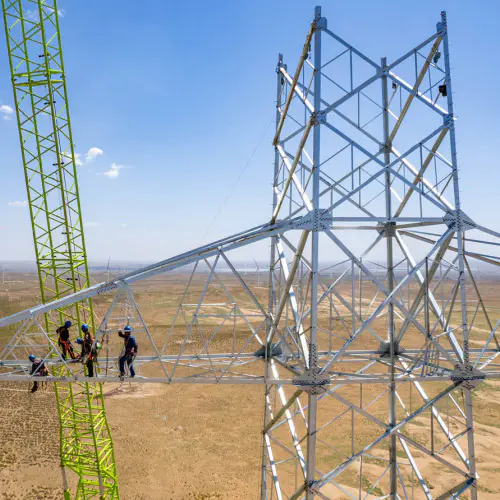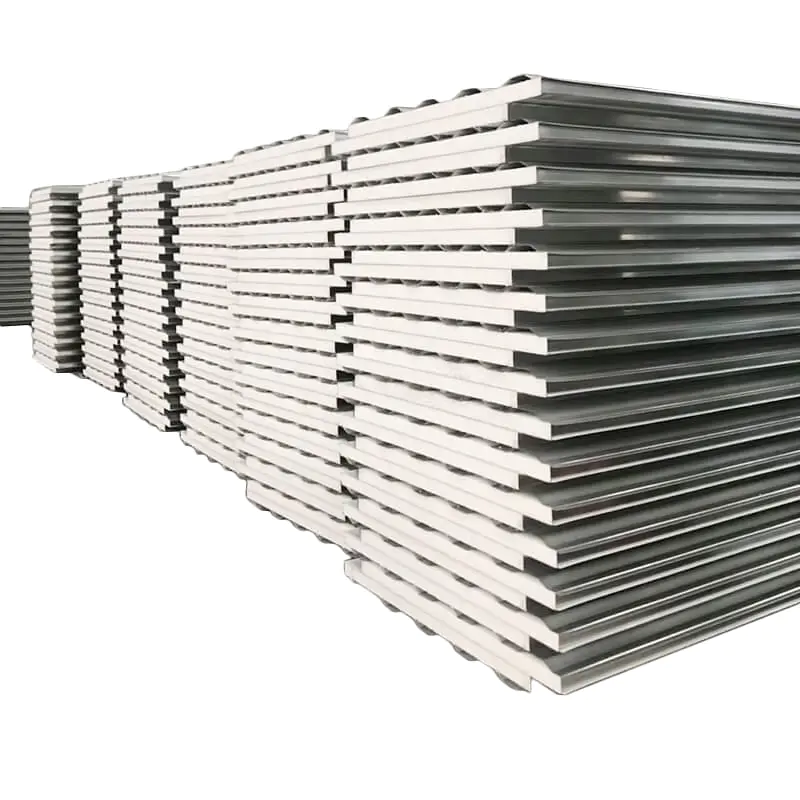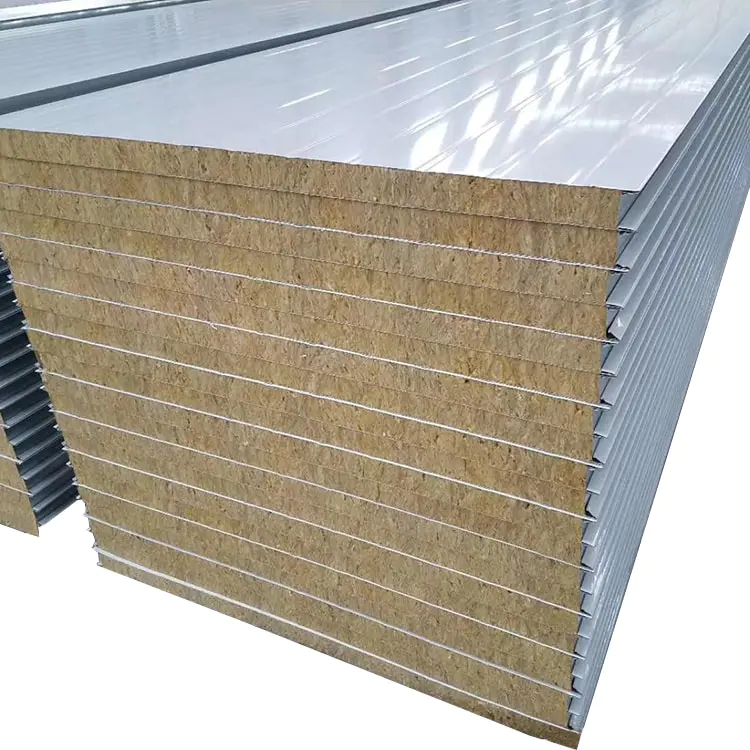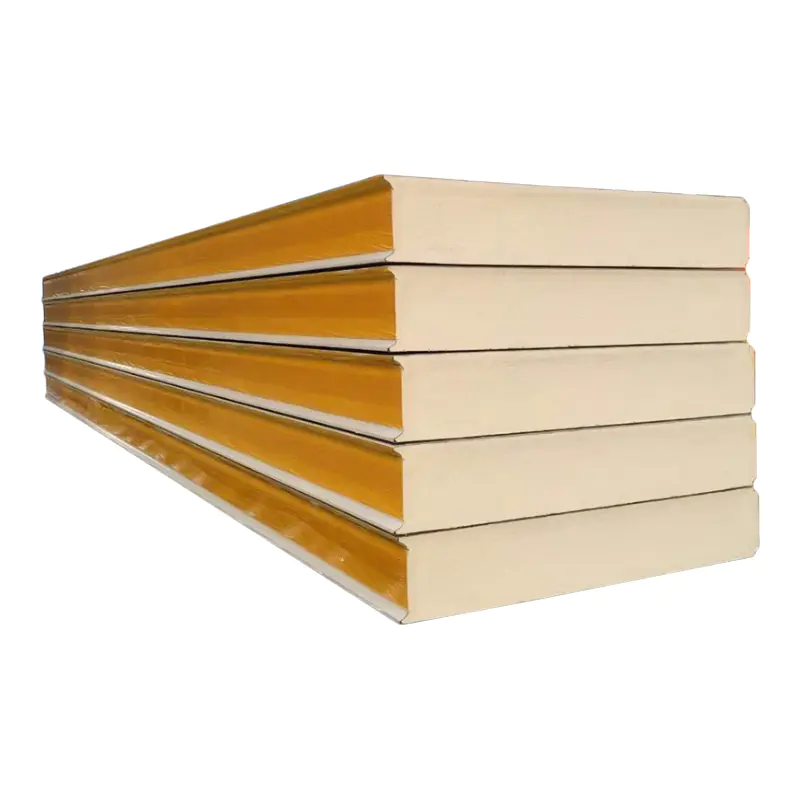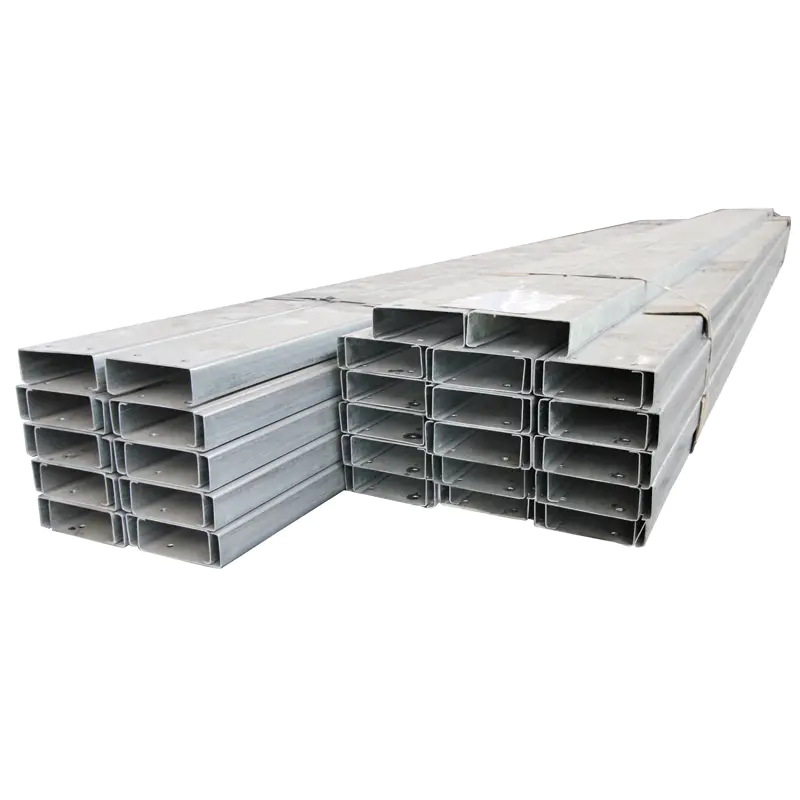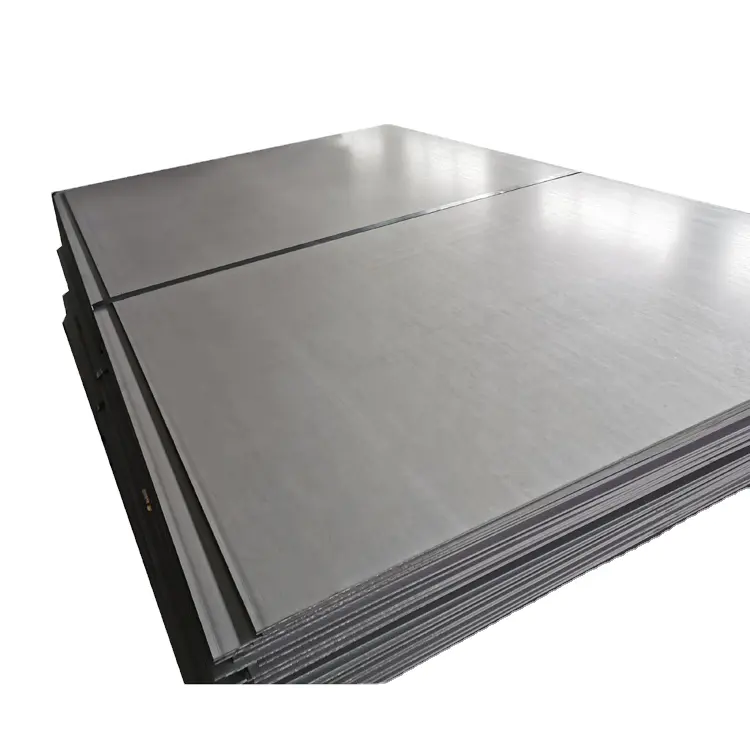When constructing a metal building structure, one of the most crucial decisions is selecting the appropriate foundation. The foundation serves as the base upon which the entire building rests, ensuring stability, safety, and longevity. The choice of foundation is influenced by factors such as soil conditions, the intended use of the structure, budget, and local regulations.
Types of Foundations for Metal Building Structures
Selecting the right foundation for a metal building requires understanding the different types of foundations commonly used in construction. Each foundation type has its unique advantages, and the choice depends on the structural requirements and environmental conditions of the site.
Slab Foundation
A slab foundation is one of the most popular and cost-effective options for metal buildings. It consists of a flat, concrete slab that is poured directly onto the ground. This type of foundation is particularly suitable for smaller metal buildings, such as warehouses, garages, and workshops.
Advantages:
- Cost-effective: A slab foundation generally requires less labor and materials compared to other foundation types.
- Fast installation: The process of pouring and curing the slab can be completed relatively quickly.
- Minimal maintenance: Once the slab is in place, it requires minimal maintenance over time.
Disadvantages:
- Not ideal for uneven ground: A slab foundation may not be the best choice for sites with unstable or uneven soil.
- Limited access for utilities: Running plumbing or electrical lines beneath the slab can be challenging if not planned in advance.
Pier Foundation
A pier foundation involves concrete piers or columns that elevate the metal building structure above the ground. This foundation type is suitable for areas with poor soil conditions, such as areas prone to flooding or expansive soils.
Advantages:
- Suitable for poor soil conditions: Piers can be installed deep into the ground to provide additional support on unstable soils.
- Improved ventilation: The space between the metal building and the ground allows for natural airflow, which can reduce moisture buildup.
- Easier access to utilities: Running plumbing or electrical lines is easier with a pier foundation as they can be installed beneath the building.
Disadvantages:
- Higher cost: Pier foundations require more materials and labor than slab foundations, making them more expensive.
- Complex installation: The installation process can be more complicated, particularly in areas with challenging soil conditions.
Crawl Space Foundation
A crawl space foundation is similar to a pier foundation but involves creating a shallow space beneath the metal building for access to utilities and additional ventilation. This foundation type is commonly used in metal buildings that require elevated floors or those located in flood-prone areas.
Advantages:
- Elevated access: The crawl space allows for easy access to utilities such as plumbing and electrical systems.
- Enhanced ventilation: The space beneath the structure promotes airflow, which can reduce moisture and mold issues.
- Flexibility for future expansion: Crawl space foundations can be easily modified if the building needs to be expanded in the future.
Disadvantages:
- Costlier than slab foundation: The cost of materials and labor for crawl space foundations can be higher than slab foundations.
- Limited space: The crawl space may not provide sufficient space for larger utilities or storage.
Factors to Consider When Choosing a Foundation for Your Metal Building Structure
Selecting the best foundation for your metal building involves assessing several critical factors. Understanding the site conditions, building requirements, and long-term needs will help ensure you choose the most suitable foundation type.
Soil Conditions
The type of soil on your building site plays a significant role in determining the most suitable foundation. Sites with expansive or loose soils may require more robust foundations such as pier or crawl space foundations. On the other hand, a stable, level site with good soil quality may allow for a simpler slab foundation.
Building Size and Purpose
The size and purpose of your metal building will influence the foundation choice. For smaller structures like storage units or garages, a slab foundation may be adequate. However, for larger buildings with heavy equipment or high traffic, a more substantial foundation such as piers or crawl space may be necessary to support the added weight and load.
Budget and Timeline
Cost is always a critical factor in construction. While slab foundations are often the most cost-effective, they may not be suitable for all site conditions. Piers and crawl spaces can provide better support but at a higher cost. Balancing your budget with the structural needs of the building will help you choose the right foundation.
Local Building Codes and Regulations
Before finalizing your foundation choice, it's important to review local building codes and regulations. Some areas have specific requirements for foundations, especially in regions prone to earthquakes, flooding, or heavy winds. Ensuring that your foundation complies with these regulations is essential for both safety and legal reasons.
Conclusion
Choosing the right foundation for your metal building structure is a critical decision that impacts the stability, safety, and longevity of your building. By carefully evaluating soil conditions, building size, and budget, you can select a foundation type that meets both your immediate and long-term needs. Whether you opt for a slab, pier, or crawl space foundation, each has its benefits and considerations, and the best choice will depend on your specific requirements.


